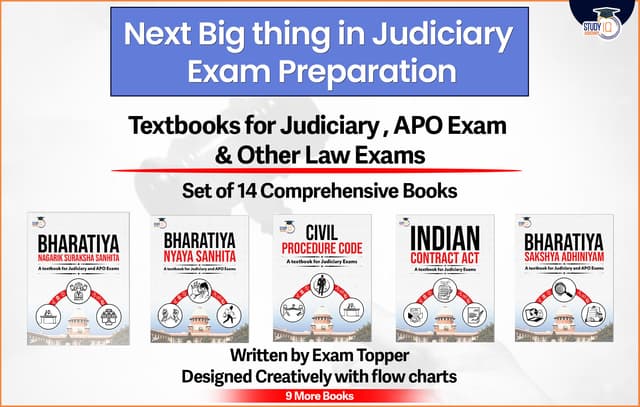Table of Contents
Context: Recent cases underscore the escalating threat of cyberbullying, as public figures and their families have encountered online harassment for advocating peace and dialogue. Following the Pahalgam terror attack, Himanshi Narwal, spouse of deceased Navy Lt. Vinay Narwal, advocated for communal harmony, yet was flooded with a torrent of internet hate.
Likewise, Foreign Secretary Vikram Misri encountered focused trolling, with his daughter also being subjected to trolling, following the announcement of a peace endeavour with Pakistan. These instances illustrate the growing misuse of social media to suppress rational discourse via cyberbullying.
What is Cyberbullying?
- Cyberbullying refers to harassment conducted through digital technologies.
- It may occur on social media, messaging applications, gaming platforms, and mobile phones and tablets.
- It is a repeated behaviour intended to intimidate, provoke anger, or cause shame to the targeted individuals. Examples include:
- Spreading misinformation or sharing humiliating images or videos of an individual on social media
- Sending hurtful, abusive, or threatening messages, images, or videos over messaging platforms
- impersonating an individual and transmitting abusive messages to others on their behalf, or using fake accounts
- Perpetrating sexual harassment or bullying through the use of generative AI tools.
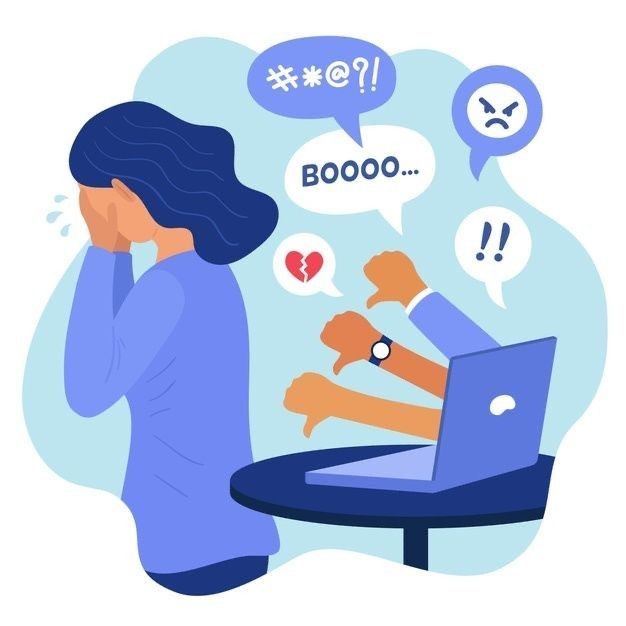
Limitations of Existing Laws on Cyberbullying in India
- India’s legal framework currently does not encompass a specific law addressing cyberbullying, online hate speech, or trolling.
- Although terminology such as cyberbullying, stalking, and doxxing is commonly employed to characterise various forms of online abuse, they lack explicit legal meanings or independent provisions within Indian law. Doxxing, defined as the unauthorised dissemination of private information, frequently subjects victims, particularly women and minorities, to significant harassment and online threats.
- Currently, only a few provisions within the Bharatiya Nyaya Sanhita (BNS), 2023, and the Information Technology (IT) Act, 2000, pertain to aspects of these offences. The BNS and the IT Act comprise:
| BHARATIYA NYAYA SANHITA, 2023 | INFORMATION TECHNOLOGY ACT, 2000 | ||
| Section 74 | Assault or criminal force directed at a woman with the intent to outrage her modesty | Section 66 C | Identity theft |
| Section 75 | Sexual Harassment | Section 66 D | Cheating by impersonation |
| Section 351 | Criminal Intimidation | Section 67 | Publishing or transmitting obscene content electronically |
| Section 356 | Defamation | ||
| Section 196 | Promoting enmity between different groups | ||
- While these laws address certain facets of online harassment, they inadequately confront the comprehensive spectrum of cyberbullying.
- Numerous occurrences of prolonged online harassment fail to satisfy the legal criteria of being threatening, obscene, or fraudulent.
- Consequently, victims frequently encounter difficulties in obtaining legal redress. Offences such as defamation or criminal intimidation necessitate evidence of specific injury or intent, rendering them inadequate for countering rapid, anonymous attacks by online mobs.
- In summary, although the existing legal structure offers some protection, it is fragmented and insufficient to address the evolving nature of cyberbullying in the digital era.
Concerns Over Censorship: A Threat to Free Speech?
- The government have the jurisdiction to restrict online content pursuant to Section 69A of the IT Act; however, this power must be exercised judiciously.
- The legislation permits the government to restrict websites or posts to safeguard national sovereignty, maintain public order, or maintain diplomatic ties with foreign nations. This has created significant concerns regarding freedom of speech, as protected by Article 19(1)(a) of the Indian Constitution.
- In recent years, experts have indicated that this blocking power is frequently employed as a mechanism for censorship, rather than for genuine national security issues.
- Following the Pahalgam terror attack, the social networking platform X (previously Twitter) disclosed that it had received a request to block approximately 8,000 accounts in India. Yet, in most cases, the government did not specify what content was actually illegal.
- This absence of transparency contravenes the essence of the Supreme Court’s 2015 ruling in Shreya Singhal v. Union of India. The court explicitly mandated that any blocking order must have valid justifications, allowing for potential challenge or reconsideration if necessary.
The Digital Personal Data Protection Act, 2023: A Double-Edged Sword?
- The Digital Personal Data Protection Act (DPDPA), 2023, was enacted to protect individuals’ privacy in the digital era.
- Nonetheless, it also raises significant apprehensions, particularly for victims of cyberbullying and doxxing. A significant gap is the exemption it provides for “publicly available” personal data. The law lacks a precise definition of “publicly available,” resulting in ambiguity.
- This ambiguity can be exploited. For instance, if an individual’s name, phone number, or photograph is accessible on a platform—whether accidentally or under duress—it may be gathered, shared, and used to harass or intimidate them. The law may unintentionally facilitate doxxing instead of preventing it.
What Challenges Lie Ahead?
- A significant obstacle in addressing cyberbullying is enforcement.
- Experts frequently claim, “A law’s efficacy is dependent upon its enforcement,” a notion particularly applicable in this context.
- The government can swiftly remove posts or suspend accounts when national interests are at stake, although ordinary users reporting online harassment seldom obtain immediate support.
- Victims frequently encounter prolonged delays, unresponsive systems, or insufficient follow-up from law enforcement agencies.
- This enforcement gap can be discouraging for students and young users, rendering them vulnerable despite the existence of legal protections.
- Without prompt and efficient help for victims, even the most well-crafted laws are inadequate in safeguarding those who require protection the most.

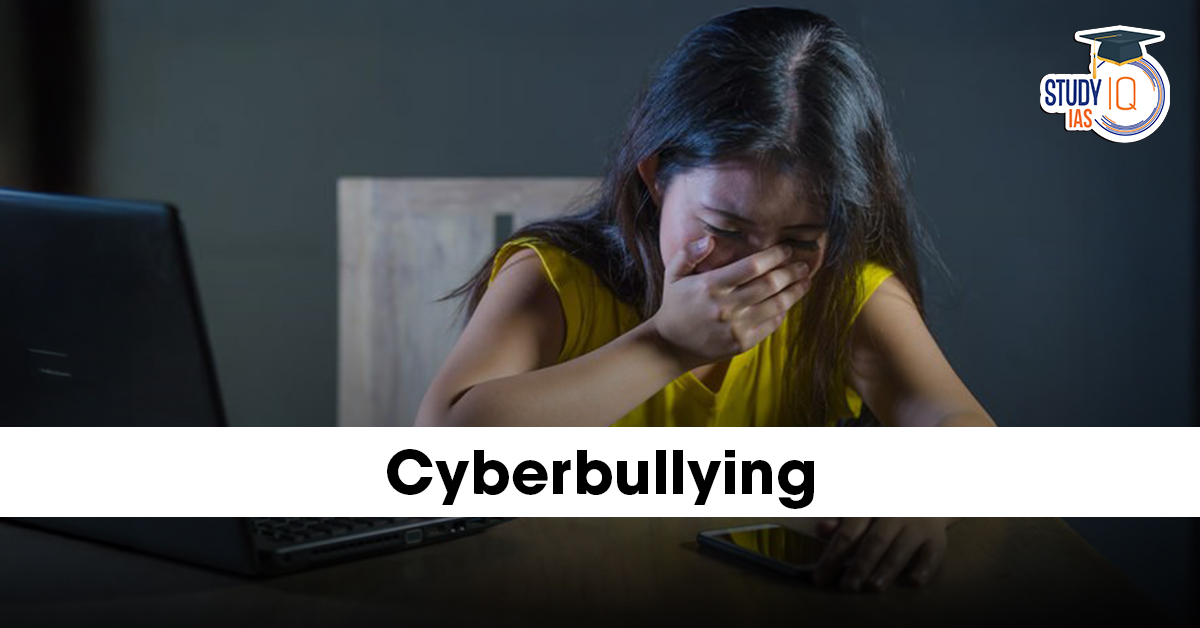
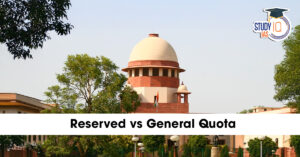 Reserved vs General Quota: Supreme Court...
Reserved vs General Quota: Supreme Court...
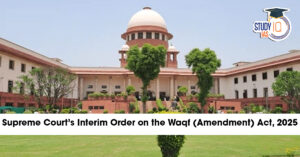 Supreme Court’s Interim Order on the W...
Supreme Court’s Interim Order on the W...






